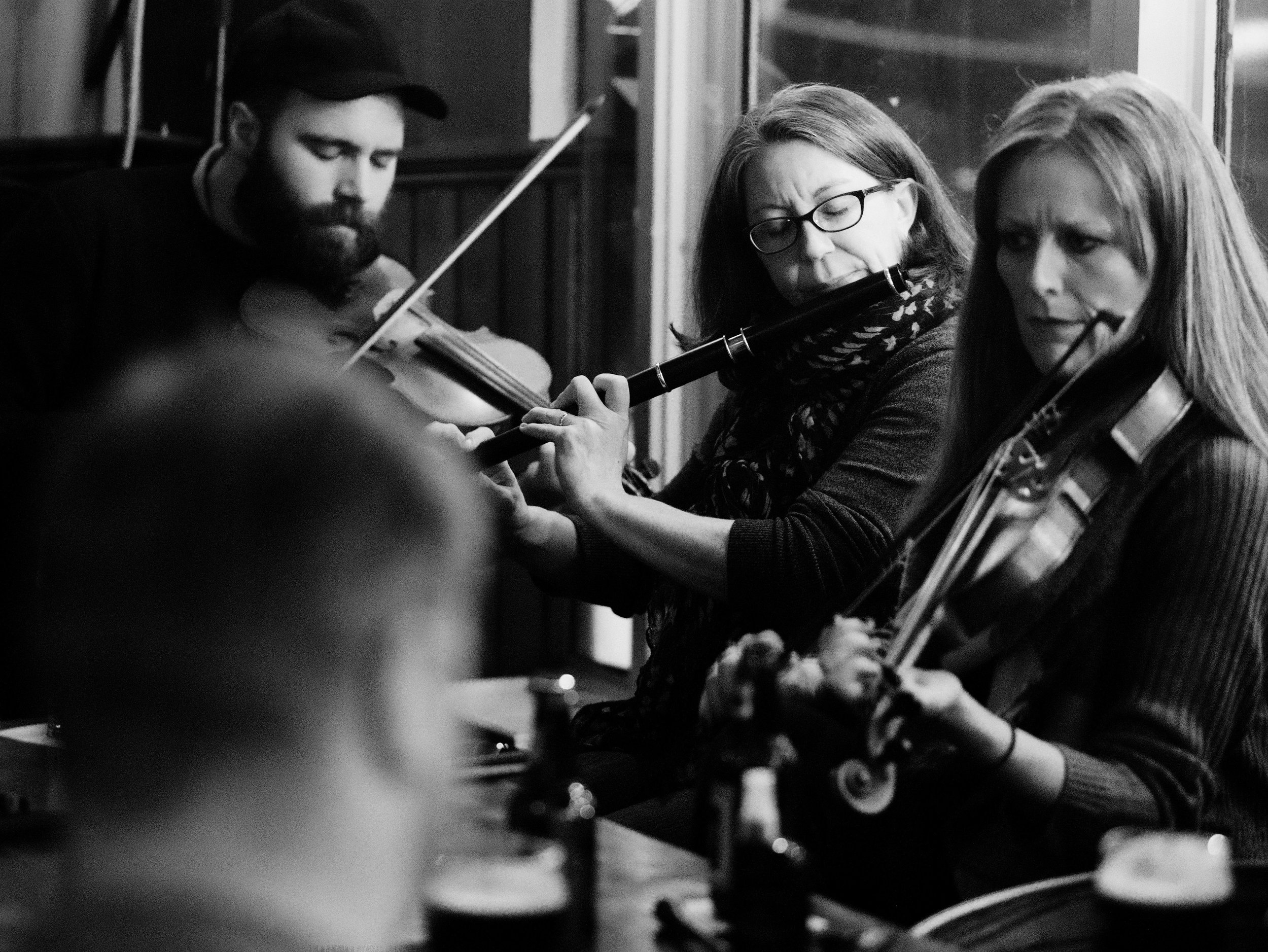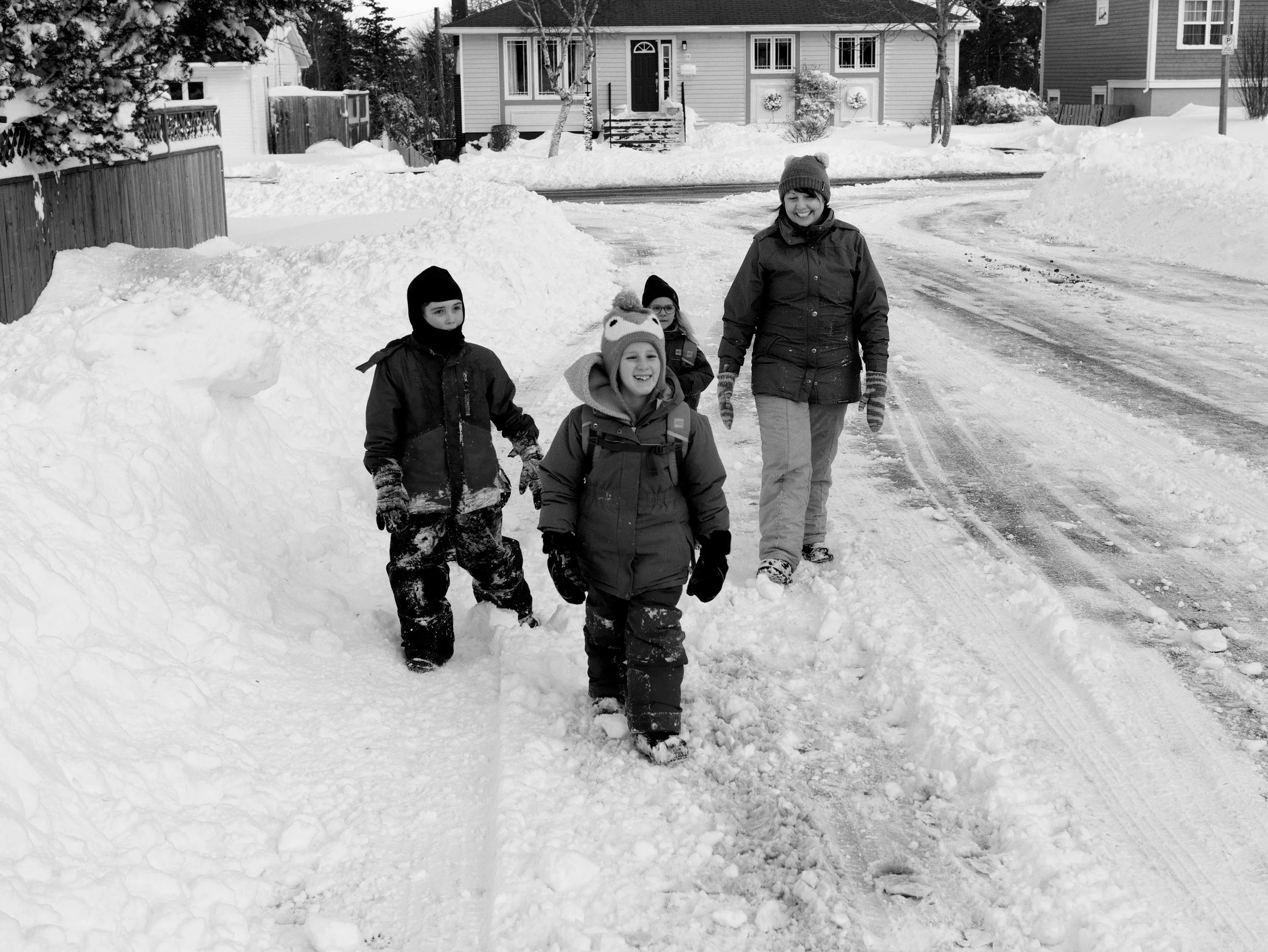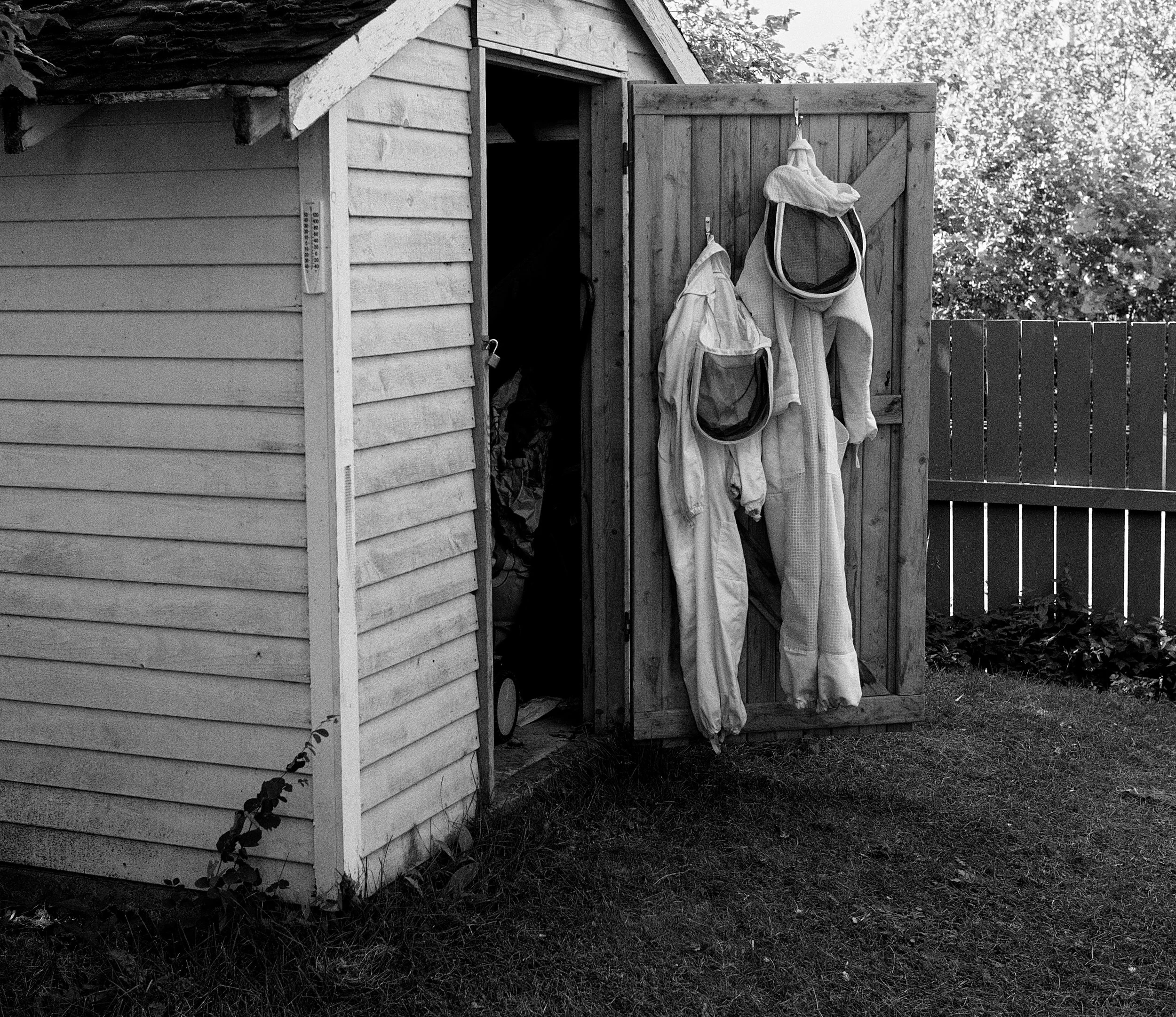In 2009 the New York Times did something quite remarkable – they created a near-perfect web storytelling form, combining photographs and sound in a slideshow. It helped that one of their very best, photographer Todd Heisler, was on the job. The collection One in 8 Million that Todd and the team produced over that year is a visual and audio feast. You owe it to yourself to check it out: in September 2010 they won an Emmy for it. Since then, video has taken over the web and journalists somehow forgot the power of a few still photographs and a story well told.
This was not, however, the first time this form of storytelling was discovered, used to create something powerful, and then promptly forgotten. Nearly 60 years ago, Chris Marker, French writer, photographer, filmmaker, and multimedia artist, created a short science fiction film La Jetée using nothing but still photographs, sound, and narration. It won awards and eventually inspired contemporary film makers, but the form itself disappeared.
Except, that it didn't quite go away. Some twenty years later, it was picked up by two Canadians, Michael Mirus and photographer John Paskievich, who produced a short National Film Board documentary Ted Baryluk's Grocery perfectly blending still photographs and sound to tell an intergenerational story of an immigrant family, a store, and changing nature of modern Canada.
Magnum Photos revived it again with a brilliant set of short documentaries collectively known as Magnum in Motion. You can still see some of them on that now defunct and neglected website.
In Newfoundland and Labrador, we’re lucky that we live in a place of storytellers. The 70/70 series is a collaboration between The Centre for Newfoundland Studies, me as the photographer and Michelle Porter as the producer that will feature 70 profiles of Newfoundlanders and Labradorians taking a stock of who we are 70 years after we became a province of Canada. We will do our best to reflect geographic, demographic, and occupational distribution across the profiles matching the statistical data for the province. We may not win an Emmy, but we will take the wisdom of Paul Murray, our very first storyteller to heart – with our deepest respect for Todd and the NYT team, Chris, Michael, and John, we will strive to be a little bit better with each story we produce.
NOTE: 70/70 is now featured on the International Visual Sociology Association Showcase page.

























